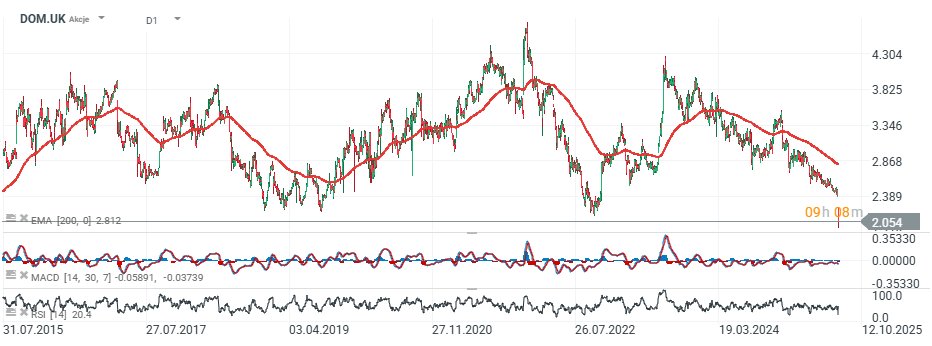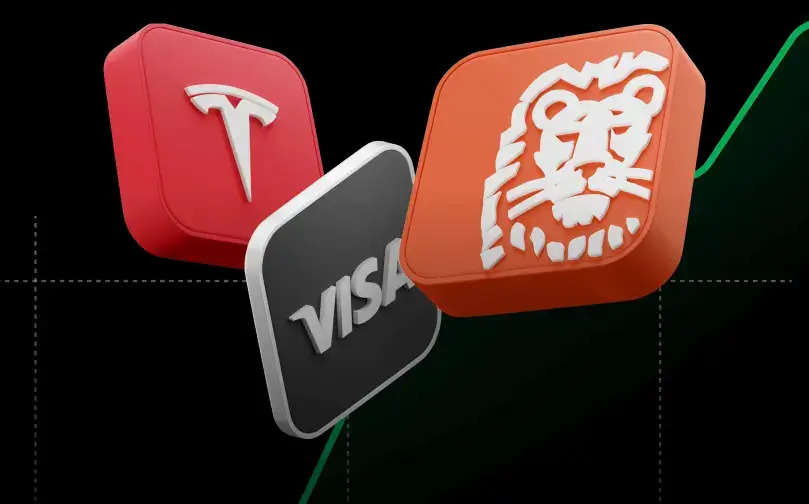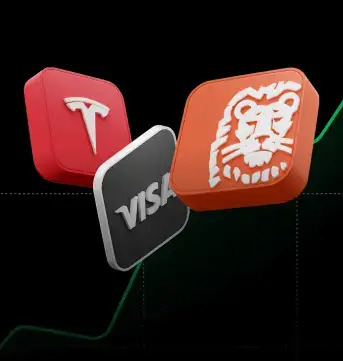On Tuesday, shares of Domino’s Pizza Group (DOM.UK) suffered the steepest single-day decline in the company’s history, plunging 16% (more than 20% as the market opened). The market’s reaction was anything but accidental investors were caught off guard by a downgraded full-year earnings outlook and a troubling cost picture painted by the company’s leadership.
What triggered such a sharp sell-off?
Investor confidence was shaken for good reason. Below are the key factors that drove the market’s dramatic response:
-
The company revised its EBITDA guidance downward from a previously expected range of £141–150 million to a new estimate of £130–140 million. This revised range falls below the market consensus, which stood at an average of £146.1 million.
-
As of April, higher employer National Insurance contributions took effect in the UK. CEO Andrew Rennie openly admitted that the additional costs amount to “millions,” significantly eroding the company’s profitability.
-
In the first half of the year, the number of new pizza outlets fell short of expectations. The company now anticipates store openings in the “mid-20s” — a steep drop from the previously forecasted figure of more than 50. Franchisees are reportedly taking a more cautious approach in light of rising labor costs.
-
In the first half of 2025, pretax profit fell 32% year-over-year to £40.5 million, despite a modest 1.4% increase in revenue. Amid rising food prices and a general decline in purchasing power, UK consumers have become more frugal, cutting back on discretionary spending like takeout and food delivery.
While management tried to soften the message by pointing to growing market share and improved like-for-like sales toward the end of July, investors focused on less reassuring indicators:
-
No sustained rebound in sales during May and June
-
Further cost pressures expected following the UK government's autumn fiscal update
-
Slowing investment momentum and franchisee hesitation
The company also revealed it is actively exploring the acquisition of a second brand to operate alongside Domino’s. While the board emphasized that no equity issuance would be required, the lack of concrete details means the market remains fixated on the risks rather than the potential opportunities.
CEO Andrew Rennie noted that despite the challenging environment, Domino’s continues to grow its market share by offering “great value, innovative products, and even faster delivery.” However, even these strengths were not enough to counterbalance the mounting cost pressures and waning consumer demand.
For investors, the coming months will be critical. Much will depend on how the market reacts to management’s next steps — whether in the form of further price adjustments or any strategic acquisitions. For now, though, the scale of the share price drop leaves little doubt: investor confidence has taken a serious hit.

Source: xStation5
US OPEN: Wall Street awaits FOMC minutes
DE40: DAX hits a 2.5-month high 📈 Rheinmetall jumps on renewed Russia–Ukraine tensions
US OPEN: Start of the week with mild discounts, amid geopolitical tensions
US OPEN: US500 tests record highs as technology sector leads gains


